An Educated Risk
Spirited bidding had taken the offer to $610K, but the bidding stalled here, just short of the reserve.
We went to the highest bidder. “Not a penny more,” he said.
Next to the seller. Would he be happy to accept a sale price of $610K, worst case? With the understanding that once it was called on the market, with all other potential buyers in the audience, there was a good chance it may go higher?
He was.
We were on the market and away, the property would be sold today. Make no mistake.
The touchdown at $610K was like a plane skimming the water, only to take off once again. Over the next 45 minutes, more than 100 bids took the price higher and higher. Mr Not-a-Penny-More apparently had several, only dropping out at $659K. The hammer finally fell to another buyer at $660K.
There’s an energy at a well-run auction that puts the power firmly in the hands of the vendor. The vendor is the one who gets to say yes or no to the highest price on the day. Once yes is reached, the pressure is on for any other interested parties to show their hand now, or lose the chance to play the game at all.
Take the other alternative, where the seller says no and the property is passed in. Of course the next step is to negotiate and sometimes, that negotiation will still yield an exceptional result. But the minute the auction is over, the pressure on buyers has immediately lessened. In many cases, the power base shifts away from the seller and over to them.
There’s no set formula here. If anything, reading the play at any auction takes experience and a certain amount of intuition. But if the agent has done their job and gathered together every possible buyer in the marketplace, one thing is certainly true – it’s the vendors who are prepared to take educated risks who achieve the best outcomes on auction day.
All the best,
Gordon MacDonald

